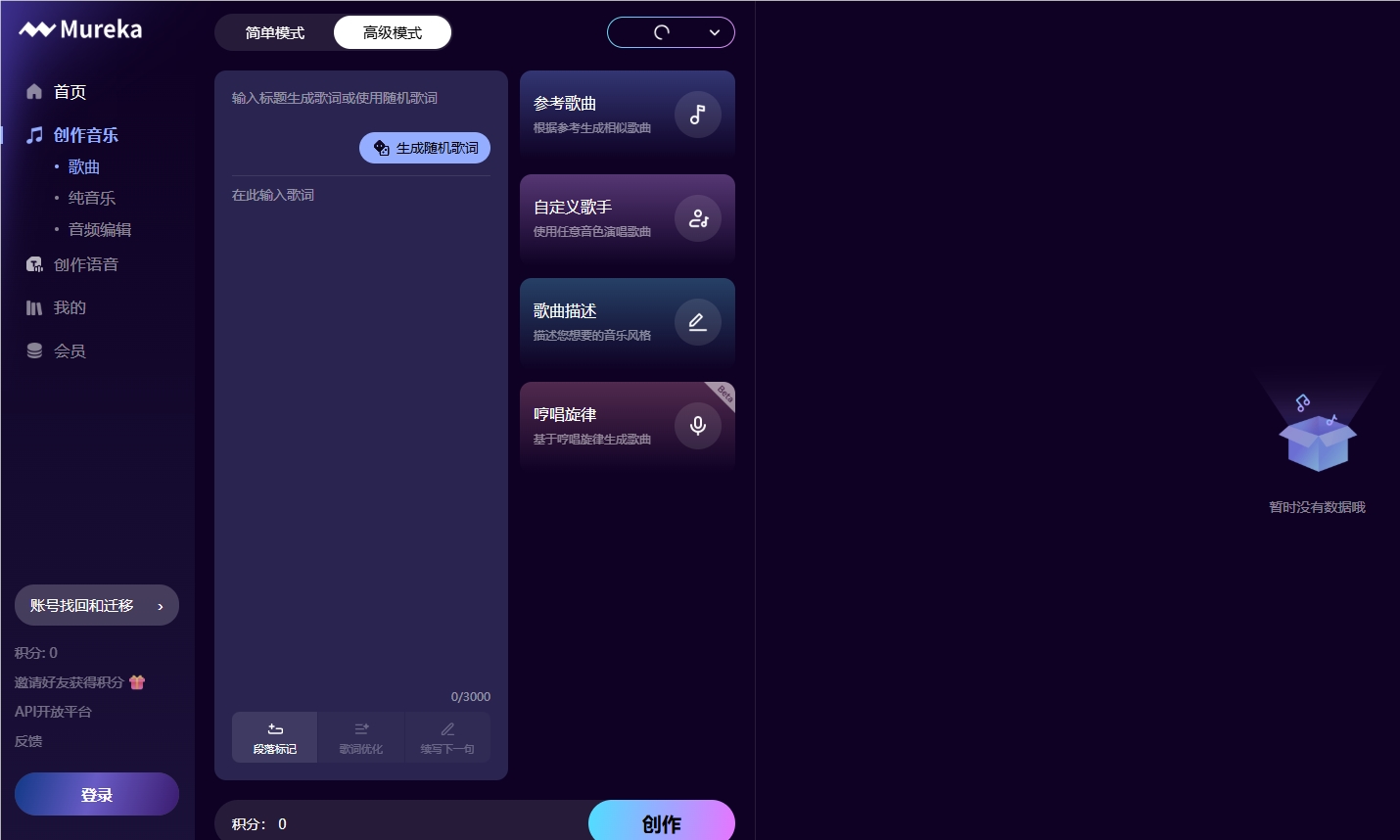Gboard, Google's intelligent keyboard designed for mobile devices, offers a seamless typing experience through statistical decoding. Now, Google's research team has introduced an innovative feature called "Proofreading," leveraging the powerful capabilities of large language models (LLMs) to enable a single-tap correction of entire sentences and paragraphs.
According to Google's newly published paper, "Proofreading: One-Tap Fix for All Errors," this Gboard feature, named "Proofreading," relies on server-side LLM support. Users can effortlessly correct various errors in entire sentences or paragraphs with just a press, completely transforming the traditional word-by-word correction experience. This feature is currently available on Pixel 8 devices, benefiting thousands of users daily.

The system comprises four key components: data generation, metric design, model tuning, and service. The research team generates simulated datasets through a complex error synthesis framework, designs multiple metrics to evaluate the model from different perspectives, and adopts the approach of InstructGPT, first fine-tuning through supervised learning and then adjusting with reinforcement learning techniques, significantly enhancing model performance.

Additionally, the model is deployed on cloud TPU V5, optimizing latency through techniques such as quantization, bucketing, segmented input, and speculative decoding, ultimately reducing the median response time by 39.4%.

Analysts believe that this exploratory research fully demonstrates the immense potential of large models in enhancing mobile input interaction experiences, representing a disruptive innovation in traditional human-computer interaction methods. It signifies the transformative power of large models in improving user input efficiency and offers insights for future optimization of daily interaction experiences through artificial intelligence.
Paper link: https://arxiv.org/abs/2406.04523










